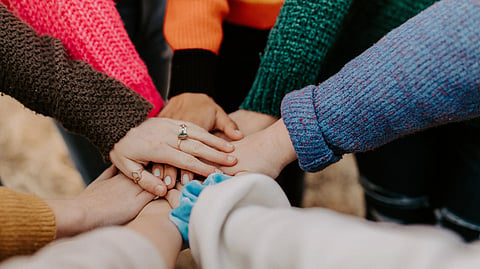New Study About Craft Activities
Combining these two aspects, a research team led by Professor Ryouhei Ishii and graduate student Junya Orui, from the Graduate School of Rehabilitation Science at Osaka Metropolitan University, examined the electrophysiological effectiveness of performing craft activities in the presence of others.
The team measured and analyzed brainwaves and autonomic nervous system activity during craft activities in 30 healthy young adults under the following three conditions: an individual performed the craft activity alone (Alone condition); two individuals engaged in separate craft activities independently (Parallel condition); and two individuals participated, during which one individual performed the craft activity while the other observed (Nonparallel condition).
The experiment results revealed that parasympathetic activity was significantly higher in the parallel condition than in the alone condition. Additionally, in all conditions, individuals who exhibited concentration-related brainwave patterns during craft activities showed a significant increase in parasympathetic activity compared to those who did not exhibit such brainwave patterns.


